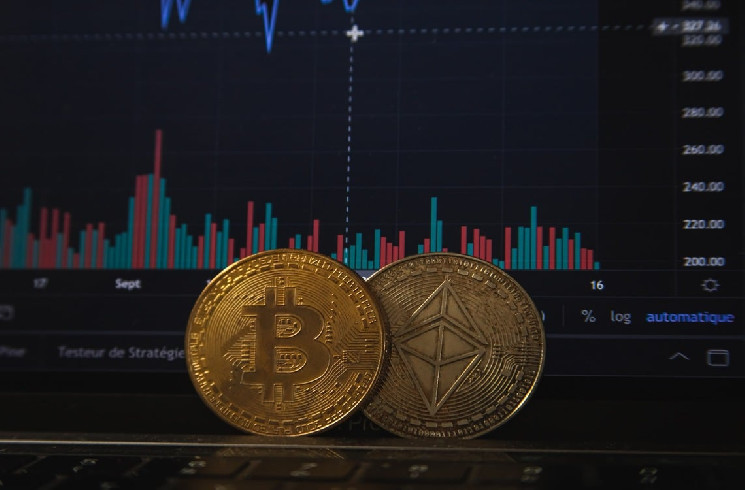After over a year of planning and development, Helium has successfully migrated to Solana, ushering in a new phase of reliability and scalability for decentralized wireless networks. This upgrade establishes a new era of scalability, expansion, and reliability for the world’s largest decentralized wireless network. The following article provides an overview of the Helium Network, the reasons for migrating to the Solana blockchain, and the benefits of the upgrade.
Overview of the Helium Network
The Helium Network was launched in 2019 with the mission of delivering a decentralized, open-source, accessible, and secure wireless network for the entire world. The foundation of the network was its own blockchain to incentivize the usage and expansion of a community-built wireless network. Helium is now the largest LoRaWAN network in the world, with almost one million Hotspots deployed since launch and coverage in more than 77,000 towns and cities in 192 countries. The Helium 5G network is also experiencing rapid growth, and the community has deployed more than 8,000 5G radios in less than a year.
Reasons for Migrating to the Solana Blockchain
To keep scaling, however, the Helium community determined last year that a new architecture would be required for its L1 blockchain. Core developers were spending an inordinate amount of time maintaining the Helium blockchain as two foundational elements of the network — proof of coverage and reliable data transfer activity — were becoming challenging for the blockchain to handle. The Helium community determined and successfully voted on a proposal to upgrade the network by migrating to the Solana blockchain, to solve these challenges and set up Helium for long-term success.
Benefits of the Upgrade
Adding smart contract functionality to the Helium Network unleashes the massive potential for more programmatic features and tools. The Solana blockchain offers new smart contract capabilities that provide more utility for the network, including faster transaction speeds. This means that the Helium Network can introduce dynamic markets to allocate rewards better based on regional demand. It’s economically inefficient to price data transfer in New York City the same as in rural Indonesia, where there’s far less Hotspot concentration.
Forget $0.35 transaction fees on the Helium Blockchain. On Solana, the average transaction fee is $0.00025. This means that users of the Helium Network can enjoy lower costs and faster transaction speeds, making it more accessible and efficient for everyone.
Solana boasts a highly liquid and diverse DeFi ecosystem. Owners of HNT, IOT, or MOBILE tokens can access more markets and provide liquidity in exchange for rewards on platforms such as Orca or Kamino. The open-source Helium Wallet app will also feature direct access to DeFi. This means that Helium Network users can benefit from the liquidity and opportunities offered by the DeFi ecosystem, providing more utility and value for HNT, IOT, and MOBILE token owners.
Conclusion
The migration of the Helium Network to the Solana blockchain marks a significant milestone in the evolution of decentralized wireless networks. The upgrade offers several benefits for network users and the community, including faster transaction speeds, new smart contract capabilities, lower costs, access to DeFi, and more. As the world’s largest LoRaWAN network, Helium is poised to continue its rapid growth and expansion, bringing new applications that create economic efficiencies and close the digital divide. The Helium Foundation and other contributing organizations can now direct more resources toward their shared goals of accelerating the growth of decentralized wireless networks.
 cryptopolitan.com
cryptopolitan.com
